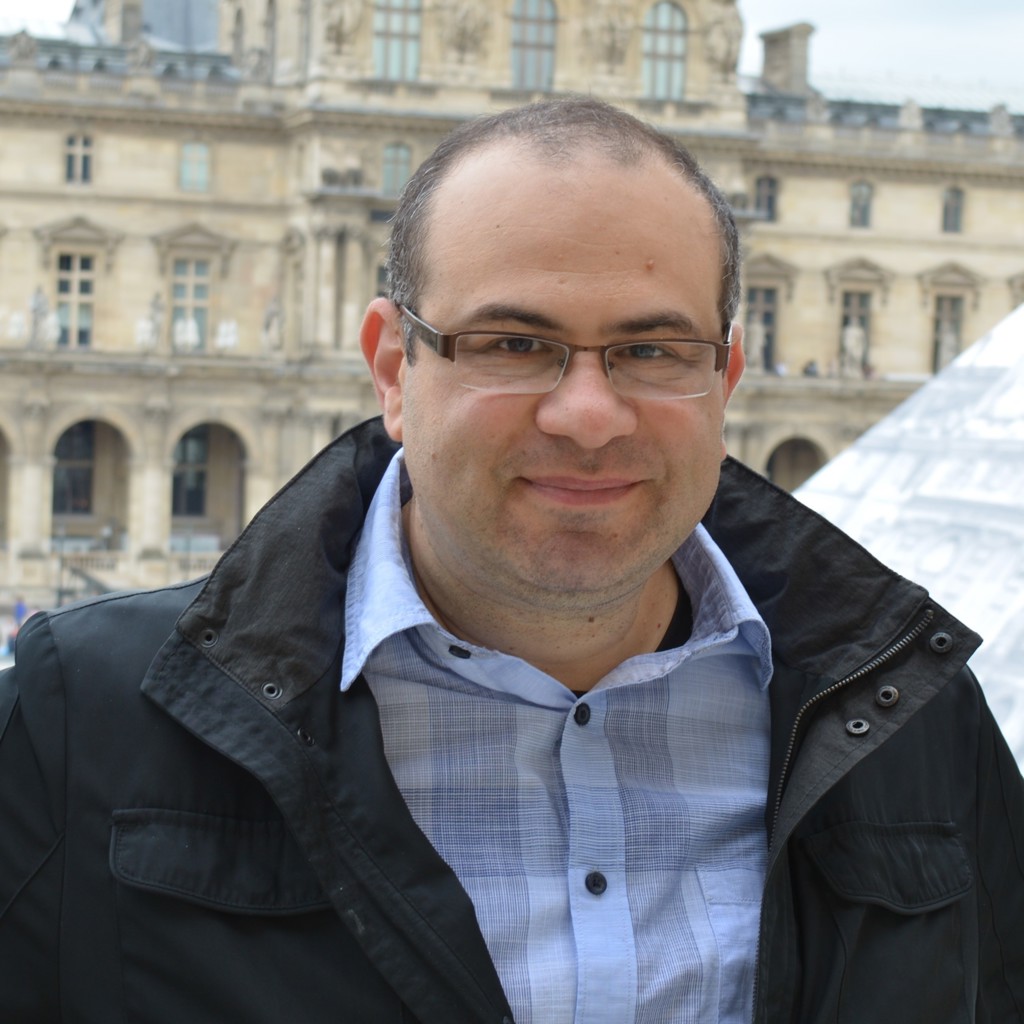Amr S. Helmy
University of Toronto, CanadaFor pioneering contributions in utilizing chi 2 nonlinearities in semiconductors for classical and quantum applications.

Amr Helmy says “this is one of the most exciting eras for photonics and optics as the field is benefiting from enhanced recognition of its contributions in many domains of applications.” From the 2018 Nobel Prize in Physics to “innumerable new vistas of applications where photonics plays a key role,” the field of optics and photonics is ubiquitous.
Amr notes that one of his favorite parts of the research process is to “witness how lateral thinking can match a real-life problem to a very loosely-related [scientific] concept and create a way for the [scientific] concept to help solve of address the problem.” Amr says that he has always been very curious about how and why things work the way they do. He adds that he found himself reverting to basic science to find answers. Eventually, he was pulled into engineering physics.
After he completed his undergraduate degree, he took a job with French telecommunications giant Alcatel. During this time, he found himself unfulfilled and decided that it was time to pursue a research career. He obtained his Master’s and Doctoral degrees from the University of Glasgow, UK, and worked at Agilent Technologies before he joined the Electrical & Computer Engineering Department at the University of Toronto. At Agilent Technologies, he was involved in developing different photonic devices ranging from high reliability submarine-class lasers, to un-cooled single mode lasers, to integrated photonic circuits.
Today, his research focuses on “utilizing useful classical and quantum effects that take place in nanoscale photonic structures to benefit sensing and data communication applications.” He notes that one of the biggest challenges his group faces is “having access to state-of-the-art fabrication facilities to realize their designs.” The group develops novel devices and structures to solve existing problems and then sometimes needs to wait years to verify their concepts. Despite the challenges, he says that one of the coolest discoveries made by their group is to find out that “one can obtain one of the most versatile and efficient non-classical, entangled, photon sources in conventional laser diodes that are alignment free, mass producible and battery powered.”
Amr volunteers with OSA journals and meetings and says that “OSA has provided an invaluable vehicle to learn, earn recognition, and share his research amongst his most-respected peers.” He says that optics and photonics is a “fascinating multidisciplinary field that empowers a myriad of applications” and adds that those interested in the field will “only be limited by their abilities and imagination.”
Profile written by Jeanette Gass
